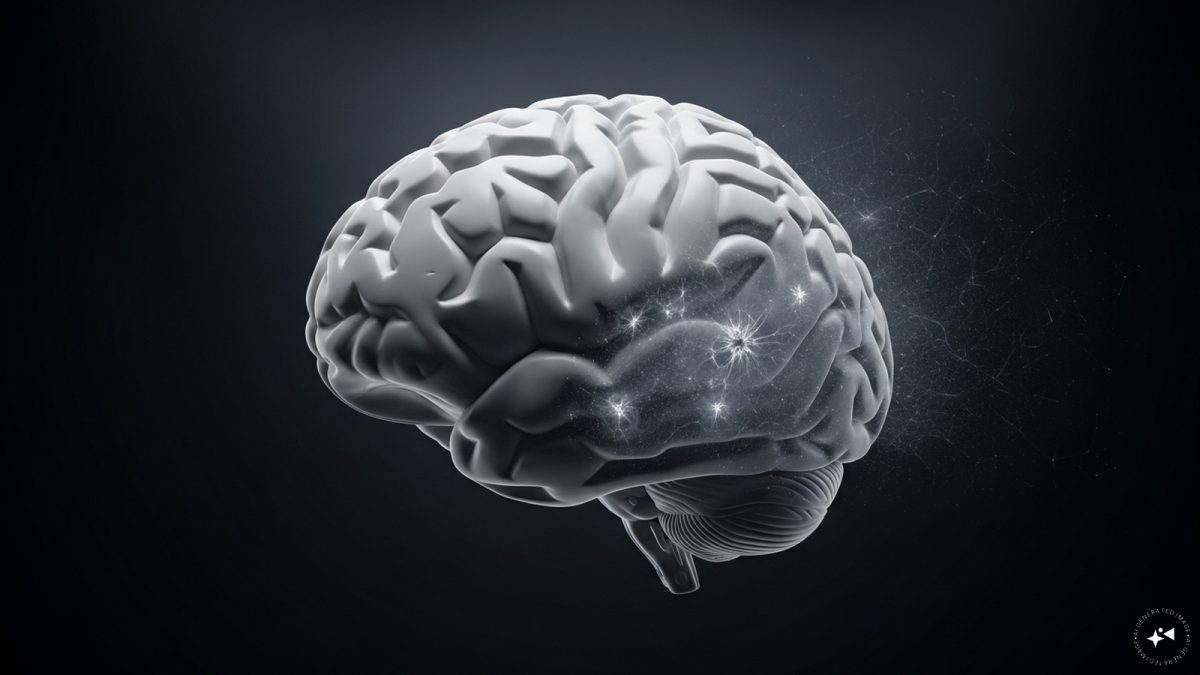Silent strokes, or silent cerebral infarctions are a significant yet often overlooked aspect of cerebrovascular health. Stroke is a leading cause of death and disability worldwide, with millions affected annually. While traditional strokes present with immediate, noticeable symptoms such as paralysis or speech difficulties, silent strokes occur without overt signs, making them challenging to detect. These covert events can lead to subtle but cumulative brain damage, increasing the risk of cognitive decline and other neurological issues over time.
Firstpost talked to Dr. Zubair Sarkar, Senior Consultant – Neurology, Apollo Spectra Hospital, Kanpur, to understand what silent strokes are, how they differ from traditional strokes, the warning signs people should look out for and the steps that can be taken to reduce the risk.
Excerpts
What is a ‘silent stroke’ and how does it differ from a typical stroke with visible signs?
Dr. Zubair: A silent stroke occurs when the small area of brain is damaged due to interruption in flow of blood, but without the dramatic symptoms such as paralysis, slurred speech, or facial drooping. These strokes also cause impact on the blood vessels and may go completely unnoticed. However, brain imaging later shows the evidence of tissue injury. Unlike major strokes, the damage accumulates quietly over the time, potentially leading to loss of memory, imbalance or cognitive changes that many attribute to aging, Silent strokes are often discovered incidentally but they also carry significant long-term implications for the health of brain.
What subtle warning signs might indicate a silent stroke?
Dr. Zubair: Silent strokes are subtle; people may not notice the any immediate deficit. Early warning signs of the same include sudden forgetfulness, loss of coordination, facing difficulty in concentrating or unexplained changes in mood. In some cases, people report transient dizziness or mild weakness that resolves quickly. The most prevalent way to detect a silent stroke is through an MRI scan which can recognise all small infarcts in the brain that CT scans may not. Any individual suffering from the risk factors such as hypertension, diabetes or heart disease should undergo regular neurological evaluation even in the absence of such symptoms.
What are the most common causes or risk factors that predispose an individual to having a silent stroke?
Dr. Zubair: The main cause of silent strokes are the chronic conditions that damage blood vessels with the passage of time such as high blood pressure, diabetes, high cholesterol, and atrial fibrillation. Smoking, obesity and sedentary lifestyle further increases the risk. Excessive intake of alcohol plays good role by affecting the flow of oxygen and vascular health. In many cases people with poorly controlled hypertension are particularly vulnerable because the small blood vessels in the brain are more likely to get rupture or blocked. Managing these risk factors with the help of regular health checks ups and medical compliance is the key to prevention.
How significant are the long-term effects of a silent stroke on brain health and cognitive function?
Dr. Zubair: Although silent but these stokes can have the profound long lasting impacts. Each episode causes localized brain damage and multiple silent strokes with the passage of time can also lead to vascular dementia, memory impairment, and reduced problem-solving ability. The cumulative impact also increases the risk of major stroke later. Even one single silent stroke can affect the coordination, emotional regulation and reaction speed. Silent stroke also erodes brain reserve, accelerates cognitive decline. Detecting and addressing these underlying causes can help to preserve the health of brain and prevent further neurological deterioration.
Are there any preventive health checks or scans available to identify a silent stroke?
Dr. Zubair: MRI of the brain is the most sensitive tool or method for detecting silent strokes, as it can identify tiny infarcts or areas of reduced blood supply. Routine health check-ups help to monitor blood pressure, blood sugar, cholesterol and heart rhythm are equally important to identify risk before damage occurs. For individuals at the high risk, Doppler ultrasounds are often recommended to check for atrial blockages or echocardiograms to assess cardiac function. Early detection through these screenings enables proactive management and reduce the likelihood of future strokes.
How may lifestyle modifications or early medical intervention lower the risk of silent strokes?
Dr. Zubair: Simple changes in lifestyle reduce the risk of stroke. Some other ways such a controlling blood pressure, managing diabetes, avoiding smoking, and maintaining a balanced diet rich in fruits, vegetables, and omega-3 fats also helps to safeguard the blood vessels. Blood circulation can be improved and cholesterol buildup can be reduced with the help of regular exercises. Stress management, adequate hydration and good sleep hygiene are equally important for the same. Individuals suffering from medical conditions like hypertension or atrial fibrillation, adherence to prescribed medications and periodic check-ups is essential for them. Early intervention before any symptoms arise is the best option to prevent the silent damage to the brain.
What would be your advice for readers who feel ‘healthy’ but possibly unaware of their risk of a silent stroke?
Dr. Zubair: Feeling healthy not always mean being risk free. Normal live routines and nor visible symptoms still have vascular tissue which affects the brain. The main message is awareness and prevention. Regular health screenings or health checkups should be done even if the individual is feeling fine. Some warning signs such as fatigue, forgetfulness or imbalance should not be ignored. Silent strokes also reminds that prevention is always better than cure and small changes in lifestyle can safeguard the year of healthy cognition


)

)
)
)
)
)
)
)
)



